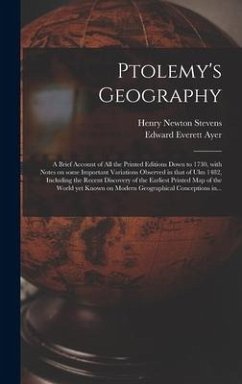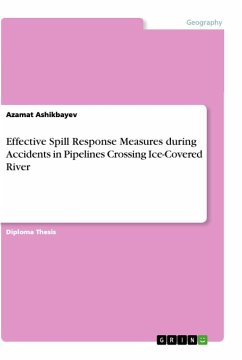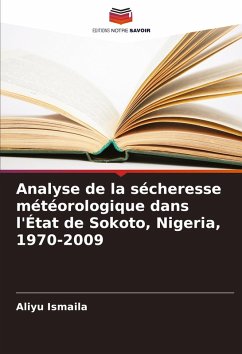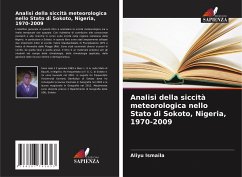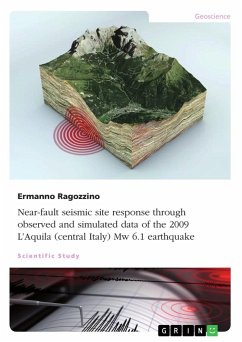
Near-fault seismic site response through observed and simulated data of the 2009 L'Aquila (central Italy) Mw 6.1 earthquake

PAYBACK Punkte
0 °P sammeln!
Scientific Study from the year 2016 in the subject Geography / Earth Science - Physical Geography, Geomorphology, Environmental Studies, grade: 3, , language: English, abstract: In L'Aquila Basin (central Italy), several seismic stations of the Italian Strong Motion Network recorded a huge amount of weak- and strong-motion data near an active fault during the 2009 L'Aquila seismic sequence. This study analyzes the ground motion records of events with magnitude ranging between 1.6 and 6.1 and compares the observed peak accelerations and the H/V and V/H response spectral ratios with those reveal...
Scientific Study from the year 2016 in the subject Geography / Earth Science - Physical Geography, Geomorphology, Environmental Studies, grade: 3, , language: English, abstract: In L'Aquila Basin (central Italy), several seismic stations of the Italian Strong Motion Network recorded a huge amount of weak- and strong-motion data near an active fault during the 2009 L'Aquila seismic sequence. This study analyzes the ground motion records of events with magnitude ranging between 1.6 and 6.1 and compares the observed peak accelerations and the H/V and V/H response spectral ratios with those revealed from numerical simulations.The finite element method is considered herein to perform dynamic simulations on models of the upper Aterno River Valley and L'Aquila City center, which are based on the reviewed geologic, geotechnical and geophysical investigations that were performed in previous studies. The Martin-Finn-Seed's pore-water pressure model is used in the simulations.The comparison between the computed and the experimental results shows a seismic site response that is sensitive to the level of earthquake magnitude and mainly depends on the rock and soil elastic and dynamic properties, the intensity and the depth of the seismic impedance contrast, the water table depth, the two-dimensional irregular configuration, the dip angle of strata, the shape and the frequency content of the input motion record. Moreover, the near-fault seismic site response may be influenced by near-source effects and peculiar wave-field incidence angles.




